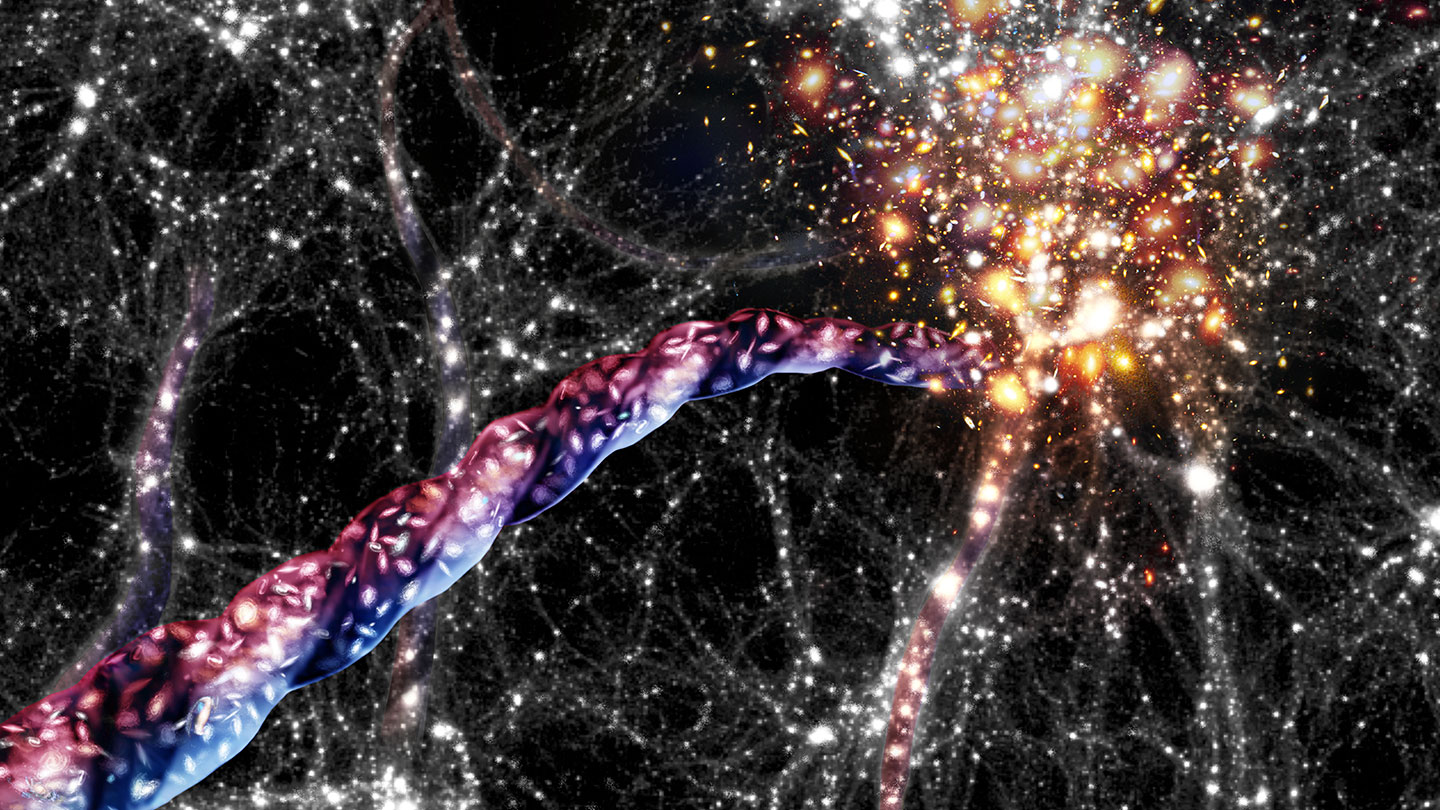
Large and mysterious filament-like structures found in space
text_fieldsThe ultra-sensitive MeerKAT radio telescope in South Africa has found large filaments in space. The mysterious structures are in galaxies that are not in the Milky Way. So far, such filaments were discovered at the centre of our galaxy alone.
New images showed nearly 1,000 strands of magnetic filaments in neat and regular arrangements. The latest discovery has surprised space scientists and it also comes with the knowledge that such structures are not unique to the Milky Way. These newly discovered filaments are also large with some measuring up to 150 lightyears in length. They are about 100-1,000 times larger than the ones found in the Milky Way.
The filaments in the Milky Way were discovered in the 1980s by astrophysicist Farhad Yusuf-Zadeh of Northwestern University in the US.
He told Science Alert that he is "extremely excited to see these tremendously beautiful structures (in other galaxies) after studying filaments in our own galactic centre for all these years. He added that the new discovery hints that these structures are part of something universal.
He added that it is remarkable that the electrons in those filaments are staying together on such a long scale. "If an electron travelled at the speed of light along the filament's length, it would take 700,000 years. And they don't travel at the speed of light."
Regardless of their size difference, filaments in the Milky Way and other galaxies are in rough pressure equilibrium with their surroundings. "They are more strongly magnetised, consistent with scenarios in which they are formed by dynamical processes at work in their surroundings."























